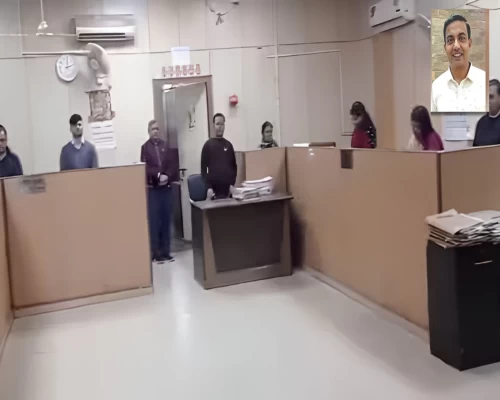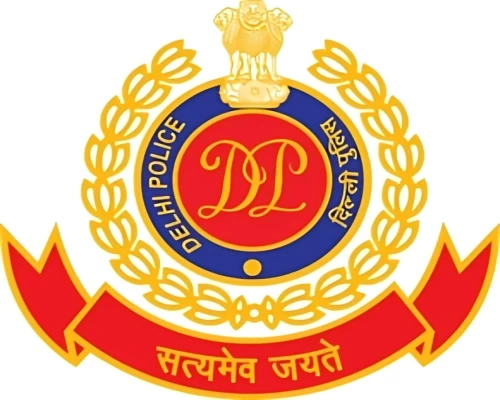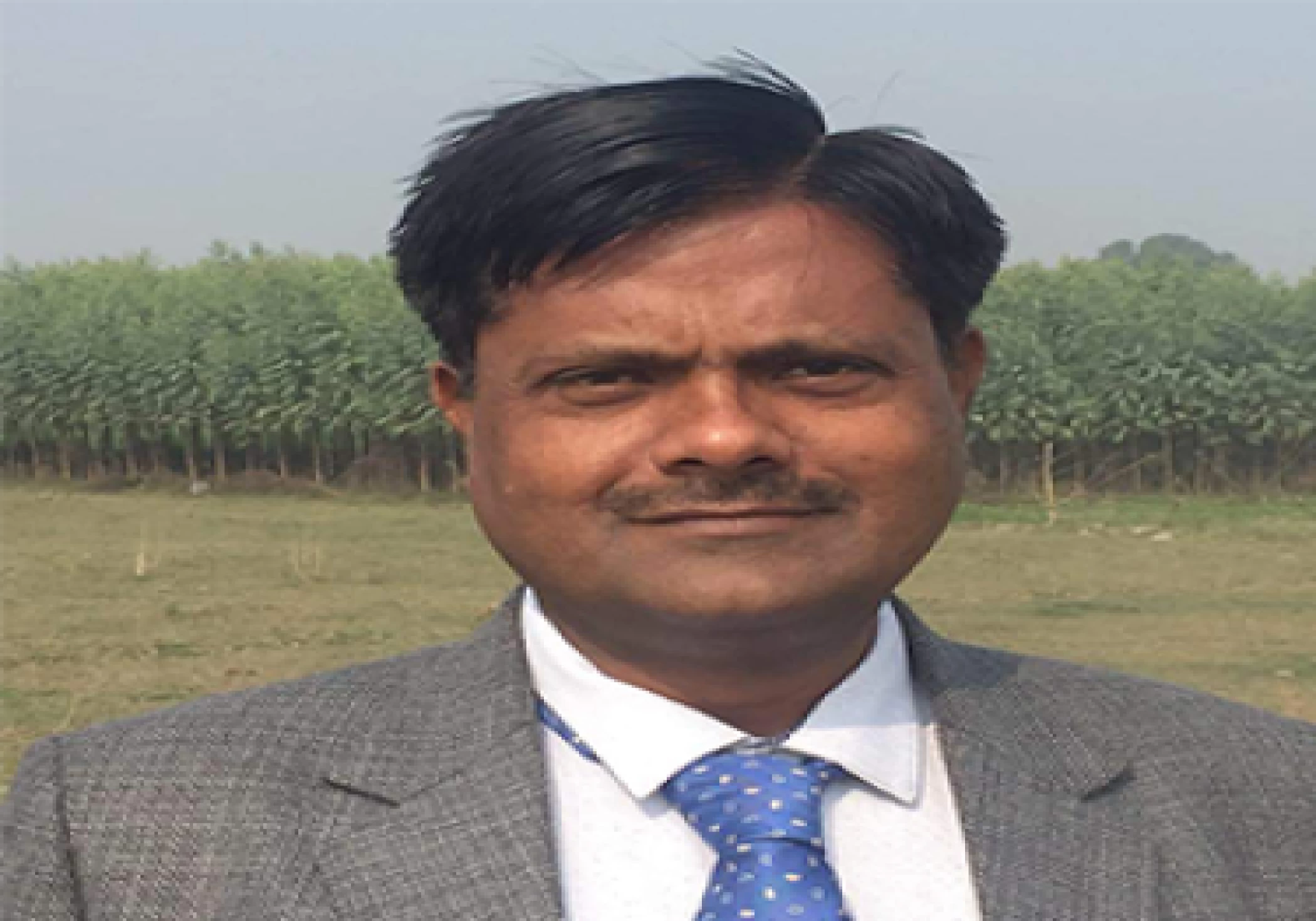
Lucknow: Transforming life in villages remains a Herculean task. It requires not only resources and gigantic efforts but also the active participation of villagers. Unfortunately, they themselves are not very keen about the kind of development they should have, says Dr Heera Lal, an IAS officer and Advisor, ‘Model Gaon’ initiative. “There is a need to create awareness among the people of villages about development. ‘Village Manifesto’ is an attempt to address this void,” said Dr Lal, Additional Mission Director-UP National Health Mission, in an interview with Navneet Anand and Rajeev Ranjan Roy of Bureaucrats India. Read The Full Interview Here:
India’s soul resides in villages. You are transforming backward villages into model ones. From where did you draw the idea?
I was the District Magistrate (DM) of Banda from August 2018 to February 2020 for one and a half years. I did more than 20 experiments and innovations. All gave amazing results. Sum total of all results is the concept of Model Gaon.
NITI Aayog Vice Chairman Dr Rajiv Kumar has also praised your initiatives. He has admitted the need for ground work as you have done for holistic development. How has NITI Aayog been helpful to you in carrying out your ‘Model Gaon’ mission?
With the Tweet of NITI Aayog Vice Chairman Rajiv Kumar on June 2, 2021, the concept of Model Village has got the validation from the top think tank of India. This validation has increased the credibility of the project. It got widespread publicity. Validation and publicity helped a lot to catch the attention of the masses. It helped in getting wide recognition for the concept at national level.
Poor and backward villages mean a near total absence of basic amenities for the people. How have we erred in bridging critical gaps in our development process even after 75 years of Independence?
The resources required are huge. Resource shortage is one reason. We were not able to ensure active participation of the masses. Most of the actions and activities are based on demand by the public and supply by the government. This is not good and sustainable practice of governance for development, and also governance for the public, by the public and of the public.
It is being said that public participation is making ‘Model Gaon’ a big hit. It is quite multifaceted in its approach. What is the real USP of the ‘Model Gaon’ movement?
Plan by villagers! Implementers are villages. Thanks to this, we are using a village manifesto to teach them how to plan and implement the concept of ‘Model Gaon.’ We are treating the village as a country, as a state for planning purposes.
Will you please share the story of your association with the ‘Model Gaon’ project and how has been your experience so far?
I am the honorary mentor of this. As all actions and activities are based on the outcomes of Banda district, I used to guide and strategize the project. I am doing a Doctor of Literature. The topic is ‘Role of Communication in achieving Good Governance.’ We are doing this on the Model Gaon project concept. Social Behavioural Change Communication (SBCC) is the basic ingredient of the ‘Model Gaon’ concept.
What are the thrust areas of the ‘Model Gaon’ project? How is the people’s life being made easy in rural areas?
Knowledge is power. Empowering villages by providing them practical knowledge is of paramount importance. We manage the visits of Best Practices Group to villages. We are trying to enrich them to create facilities required to live a quality life. We are converting agriculture into agribusiness through Farmer Producer Organizations (FPOs).
We have read about the ‘Model Village’ manifesto with which a villager won the Gram Pradhan poll in Gorakhpur district. Why are rural people deprived of the fruits of basic development?
I saw a survey of UP election 2022 done by Atma Sakshi Group. The election issues were unemployment 21 per cent, new agriculture law 23 per cent, diesel or petrol rates 16 per cent, and underdevelopment of villages six per cent. The village development is not an issue in villages and not even for the public. This is the gap. Such gaps are being filled by the village manifesto. If there is no demand, there will be no supply and development.
Based on your ‘Model Gaon’ experience, what are the five important suggestions you will give to all those who are engaged in rural development?
Village people should dream to be knowledgeable and rich. They should plan how to convert a dream into a reality. They must try to get the knowledge of 3Cs – connect, communicate and cooperate. People of the village must visit the places of best practices to learn and replicate in their places. They should associate themselves with ‘Model Gaon’ teams for getting help and guidance.
What about challenges?
There are many. The mindset change is slow. We need to be patients. People have the mindset to get results overnight. They do not want to persist with their efforts. They wish that someone else could solve their problems.
Let us conclude on a positive note. How many villages have been converted into ‘Model Gaon’ so far?
Converting a village into a model village will take at least 10 years. We started in January 2021. In one year we reached 75 districts of UP and 23 States in India. We focused on 10 villages in UP in 2021. Now we are focusing on 25 villages in 2022 to convert them into model villages.


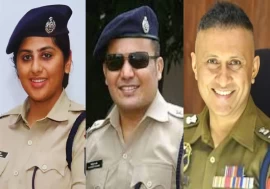
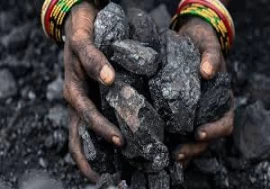
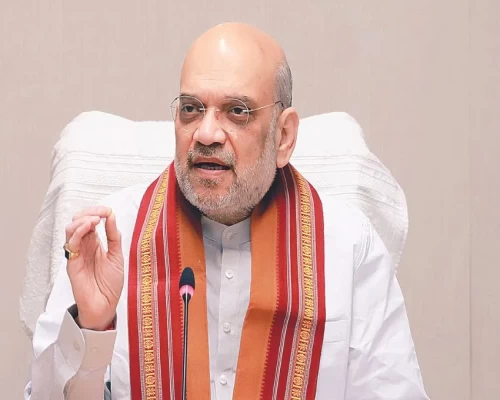
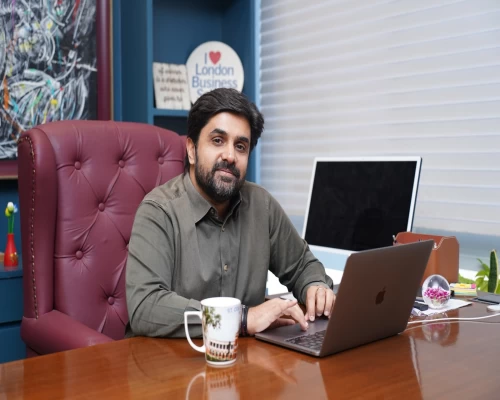

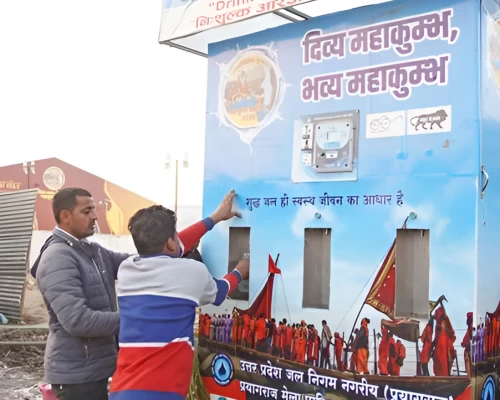
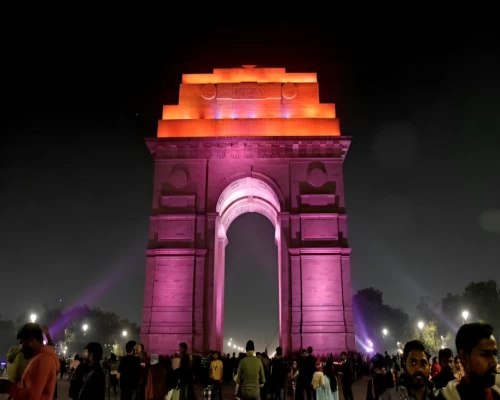
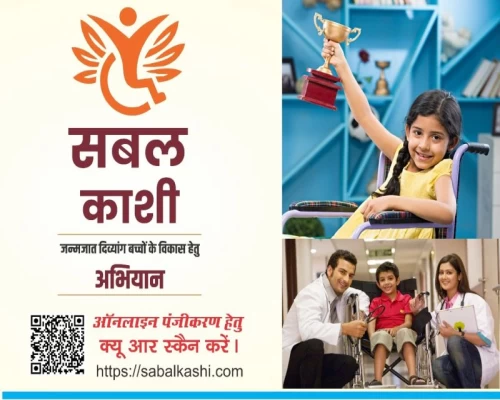
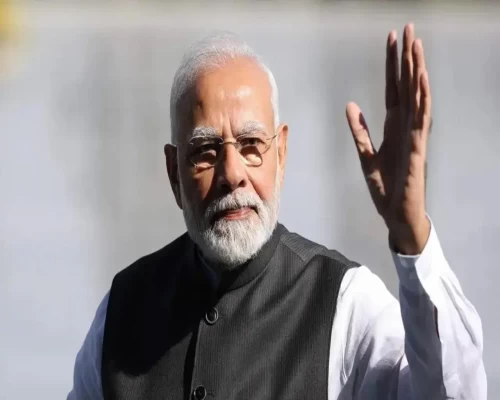
_500_x_400.webp)
